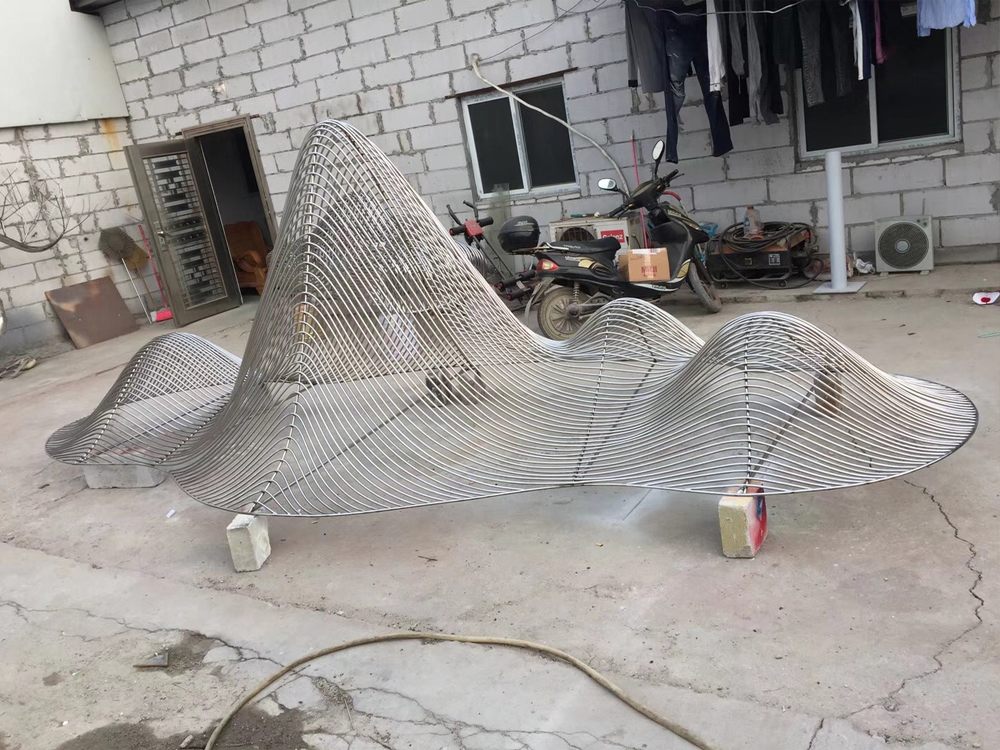
Porcelain sculptures come in a wide range of sizes, each presenting unique challenges and opportunities for artists and manufacturers. The most common sizes for porcelain sculptures can be broadly categorized into three groups: small (under 12 inches), medium (12 to 36 inches), and large (over 36 inches). Small sculptures, such as figurines and decorative pieces, are popular for their affordability and ease of display. Medium-sized works often include detailed vases and standalone art pieces, while large sculptures may encompass monumental installations or life-sized representations.
The size of a porcelain sculpture significantly impacts production complexity. Smaller pieces are generally easier to create due to lower material costs, reduced risk of warping or cracking during firing, and simpler handling during glazing and decoration. Medium-sized sculptures require more careful planning to ensure structural integrity, often needing internal supports or thicker walls. Large porcelain sculptures present the greatest challenges, demanding specialized kilns, precise temperature control to prevent collapse, and sometimes segmented construction to accommodate firing limitations.
Artists must also consider how size affects the sculpture's aesthetic impact and practical considerations like weight, transport, and installation. While smaller pieces allow for intricate detailing, larger works command presence but require meticulous engineering to overcome porcelain's inherent fragility. The choice of size ultimately depends on the artist's vision, intended display environment, and technical capabilities of the production facility.

